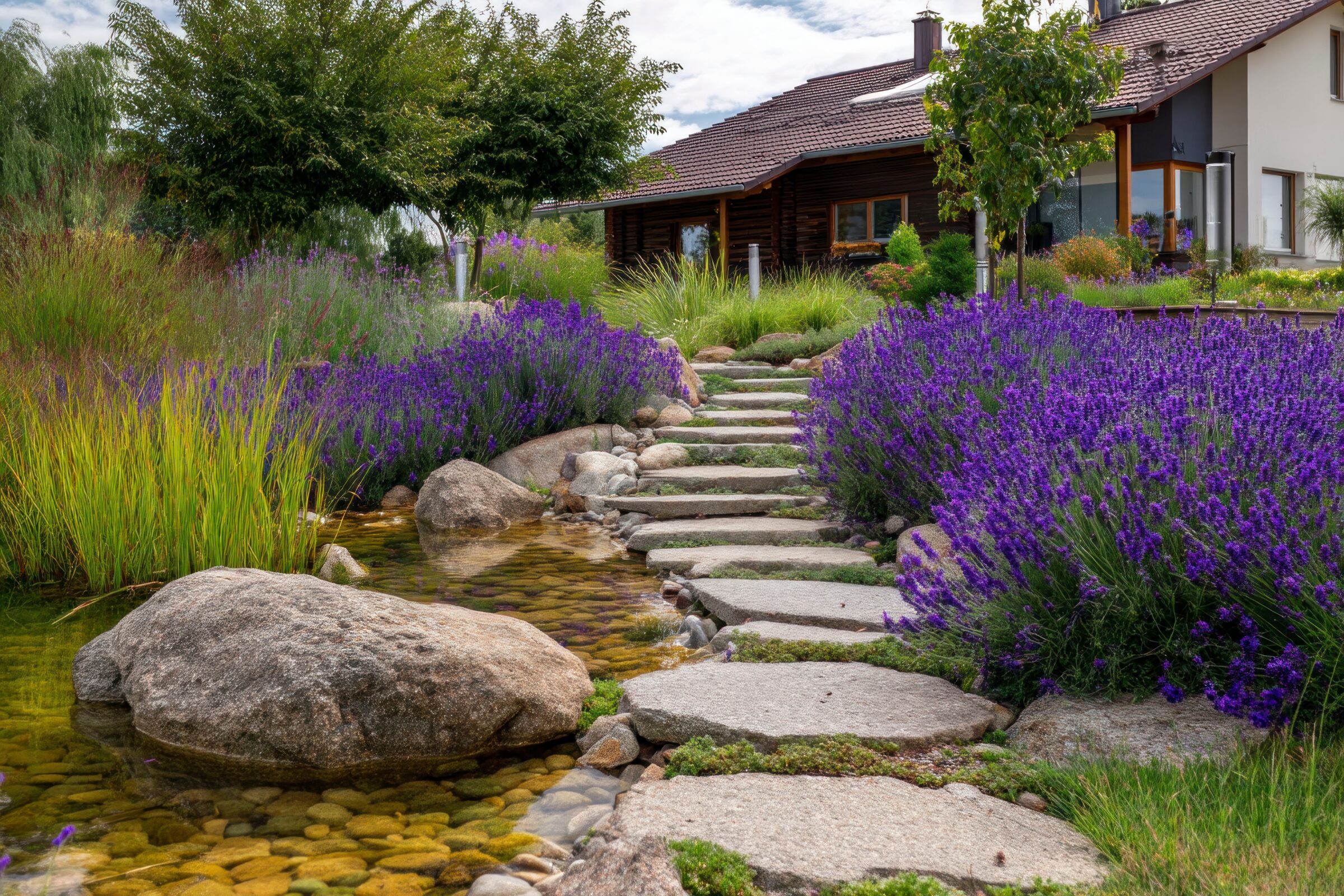Creative Ways to Use Boulders and Gravel in Backyard Designs
June 30, 2025

Homeowners looking for distinctive, low-maintenance landscaping are discovering the versatility of boulders and gravel. These materials create natural texture, define outdoor spaces, and provide year-round visual interest with minimal care required.
Setting Structure Without Losing Movement
While boulders are classified as rocks, they carry weight in both a literal and visual sense. When placed right, they become sculptural elements that break up flat space and introduce a layer of diversity.
Used along slopes or elevation changes, boulders can reinforce retaining walls or stabilize terraced beds. They retain soil while maintaining a more natural feel, avoiding the rigidity commonly associated with some materials. Near patios or entryways, they become markers that guide the eye without creating barriers for foot traffic.
Meanwhile, gravel’s softness contrasts the weight of the stone, guiding guests with the necessary directional queues that the space requires. Instead of competing with hardscape or greenery, gravel also builds cohesion between the two.
Amplifying Texture and Contrast
While greenery adds delicacy and volume, boulders and gravel provide tonal balance and visual anchors. Weathered granite, limestone, or basalt add rich surface variation that is bold enough to elevate a minimal layout.
Boulders are also used as natural seating. Nestled into the soil or set around a fire pit, they avoid the overly polished feel of formal furniture. Gravel that comes in dark or light hues can brighten shaded areas or mute spaces that might be too bright. When framed with steel edging or native grasses, it turns into a focal material.
Building Low-Maintenance, High-Impact Areas
In areas with limited water or minimal maintenance, both gravel and boulders consistently outperform traditional landscaping elements. In xeriscape environments, they define zones that work alongside natural elements.
A gravel path also aims to protect the root systems around it, reducing compaction and deterring weeds without chemical intervention. However, boulders have strong thermal characteristics in their ability to store warmth during the day and release it slowly overnight, helping nearby plants endure seasonal shifts.
Reinforcing Natural Themes Without Imitation
There is a fine line between “naturalistic” and chaotic. When properly executed, boulders and gravel bring nature’s tone into a structured, intentional layout that doesn’t read as overstated.
This highlights the importance of picking the right placement. A single large boulder by a water feature can introduce a feeling of calm, while a gravel bed beneath a canopy tree can echo forest floors without leaning overly rustic. These choices are designed to quietly stand out, without being obvious.
Used sparingly, both elements can balance color-heavy plants or complex architectural lines. They function as punctuation marks in the landscape: noticeable enough to shape the mood and yet restrained enough to allow other features to catch the eye.
Boulders and gravel serve as intentional design tools. Their strength lies in their simplicity, shaping the surrounding space without overwhelming it. When integrated into backyard design, they offer structure without being rigid, texture without seeming cluttered, and contrast without conflicting with other elements. Whether the goal is minimal maintenance, seasonal versatility, or simply a more natural aesthetic, these materials open the door to carefully composed spaces.

